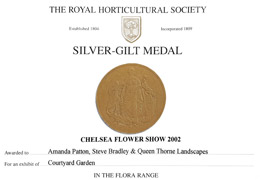I’m just back from the latest tour that I have designed and led for Hope Taft, former First Lady of Ohio, and this time we visited the Netherlands. “Oh for the tulips!” people say. In September? I don’t think so! There is so much more to the Netherlands than tulips and in fact to visit at tulip season is to miss what Dutch gardens are all about, and, more importantly, the influence that they have had on world-wide attitudes to gardens and the role of planting in our public spaces.
Sounds implausible for a small country known for windmills and tulips? Read on!

It all starts with Mien Ruys, who, brought up on a mix of Gertrude Jekyll and the Bauhaus, started experimenting with perennials in the early 1920s, using them in new ways but within a Modernist ideal. Her experimental gardens (one of which, see below) features a series of small garden spaces which she developed from 1925 until her death at the end of the 20th century.
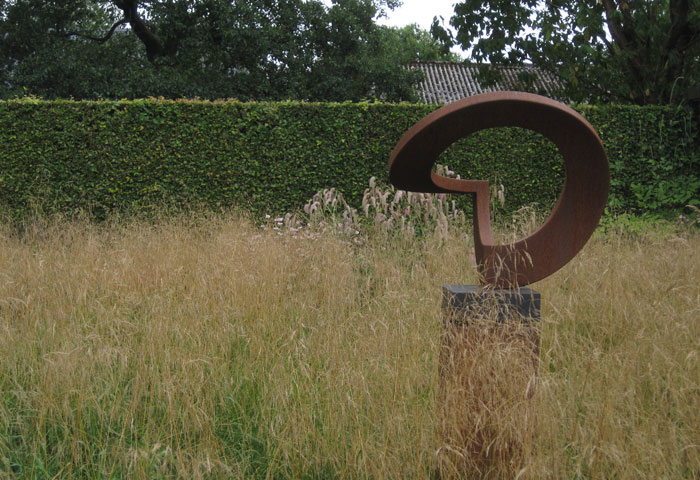
These garden spaces featured massed perennials used for form and colour, along with ornamental grasses. At this time, a number of Dutch and German designers and plant breeders were also looking at creating plantings that were more closely related to nature than a herbaceous border, more about plant communities than individual species.
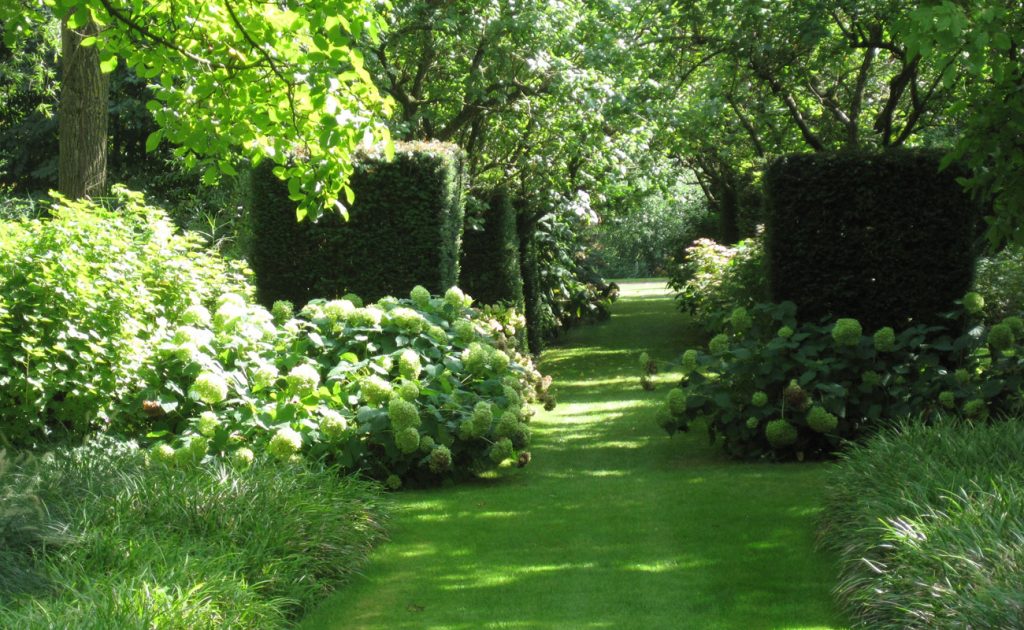
But the difference, and the influence, from Ruys is that her interest in Modernism and the Bauhaus led to garden spaces that were also strongly architectural. One of my favourite gardens that we visited was de Heulhove (above), designed by Ruys in parts and continued by her student, Arend Jan van der Horst.
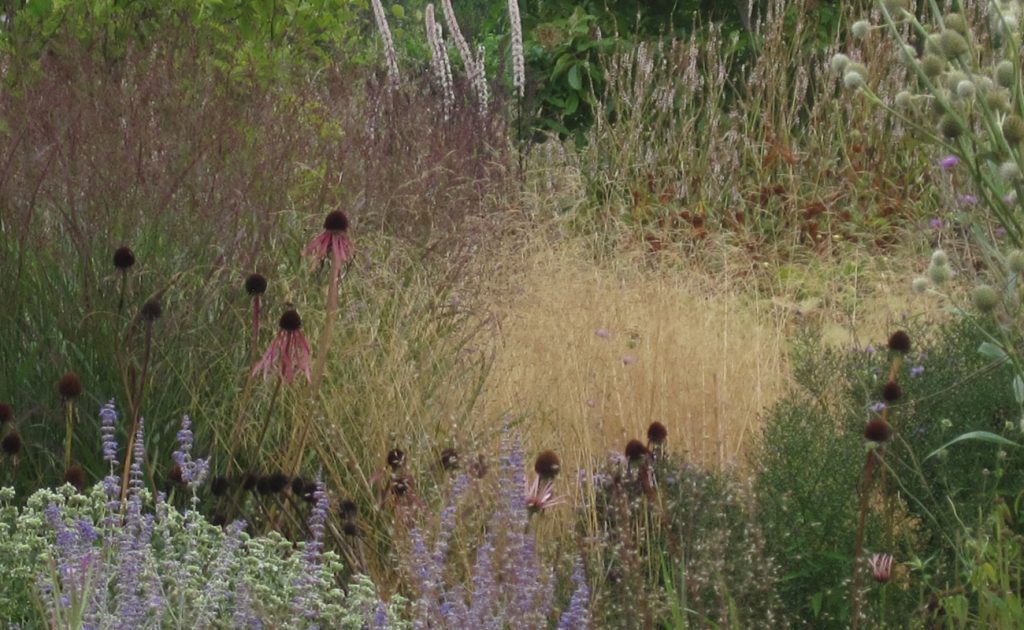
Mien has been hugely influential to a great number of designers, myself included, but none more so that Piet Oudolf, whose international designs include the planting for the High Line in New York, the Lurie garden in Chicago and, closer to home, the Millenium garden at Pensthorpe in Norfolk. De Vlinderhof (above) is a new public garden created by Oudolf within Utrecht’s Maxima Park and it shows the master at work, with painterly, pseudo-naturalistic plantings that are as far a cry from Victorian carpet bedding (thank goodness!) as it’s possible to be.
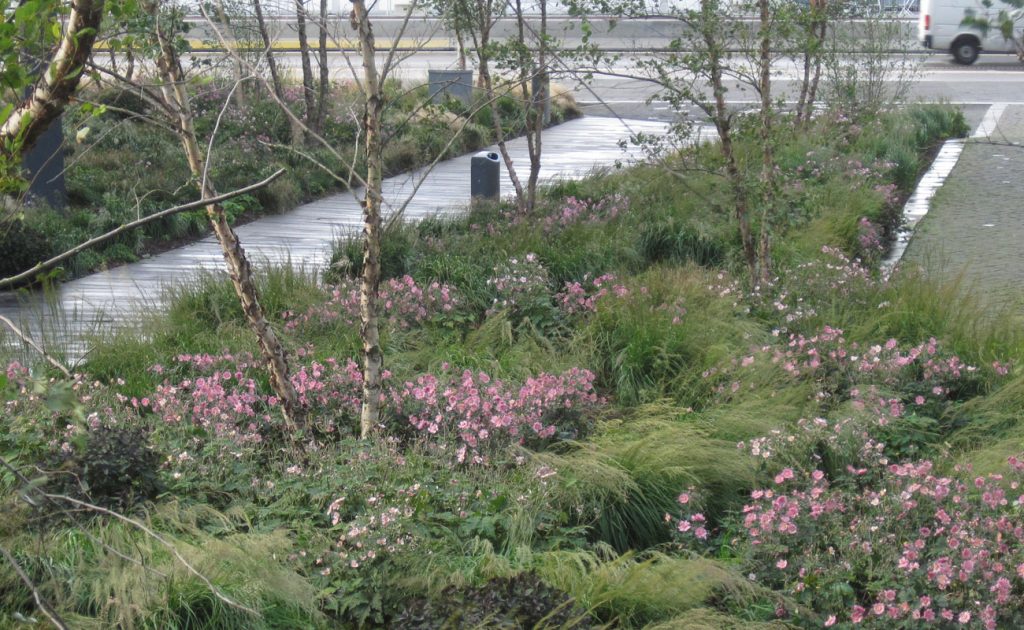
Oudolf’s planting concentrates on form and texture over flowers, and uses the whole life cycle of the plant, including its dried seedheads in the wintertime, to extend the period of enjoyment of a plant over and above its flowers alone. I remember the owner of Cothay Manor saying to me once that she only liked her garden for six weeks of the year and I found this desperately sad when there is so much more to enjoy!
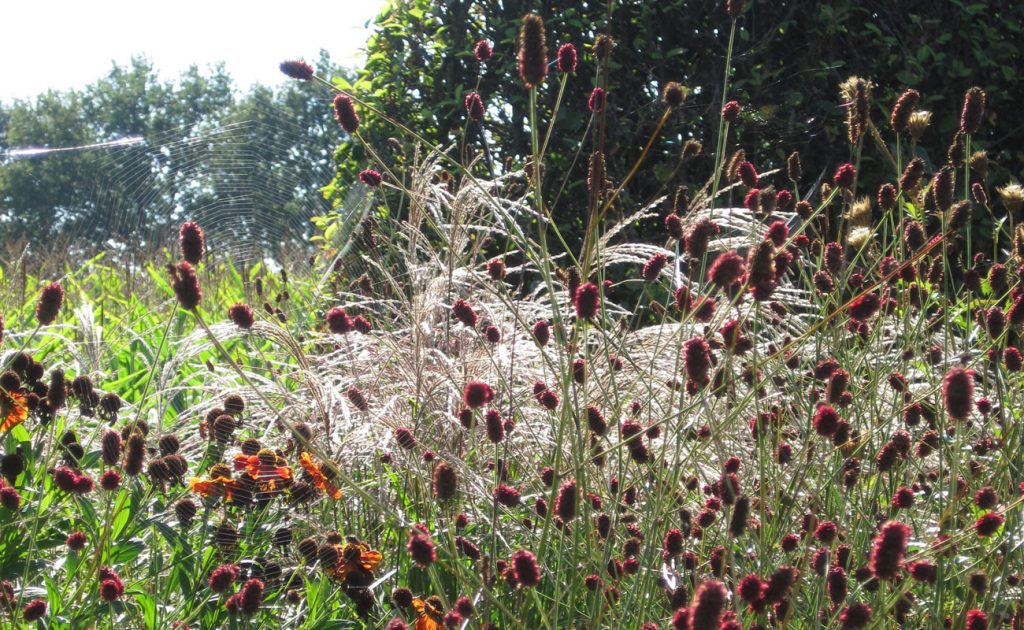
To me, one of the reasons Oudolf’s planting is so successful is his use of tone – the light and shade. If you half-close your eyes and look at the image above which I took in his own garden at Hummelo, you can see strong darks and strong lights. This creates a really dynamic space; too many ‘traditional’ plantings, if viewed in black and white, have no form at all and this, to me, leads to very uninteresting spaces!

Dutch gardens are good on form, though, with the villages a delight to drive through, filled as they are with perfect small gardens with strong structure from hedges and simple plantings. One of the things I have always felt about English gardens is that we just bung too many plants in – all different, none relating to each other, so there is no sense of place and no rest either. I’ve always attributed it to a climate that allows us to grow pretty much anything (so we do) but it’s the same climate in the Netherlands and they haven’t fallen into the same trap!
One of the things I love about using strong structure from hedges, high and low, is how you can then use this as a foil for soft, naturalistic planting – you can get away with fluff when you give it something strong to balance it. The photo above is from Laura Dingemans’ garden, which has recently featured in Gardens Illustrated; a lovely use of Molinia transparent with the airy Gaura, while below in De Wiersse garden, beautiful yew topiary forms a link between the garden and the meadow.
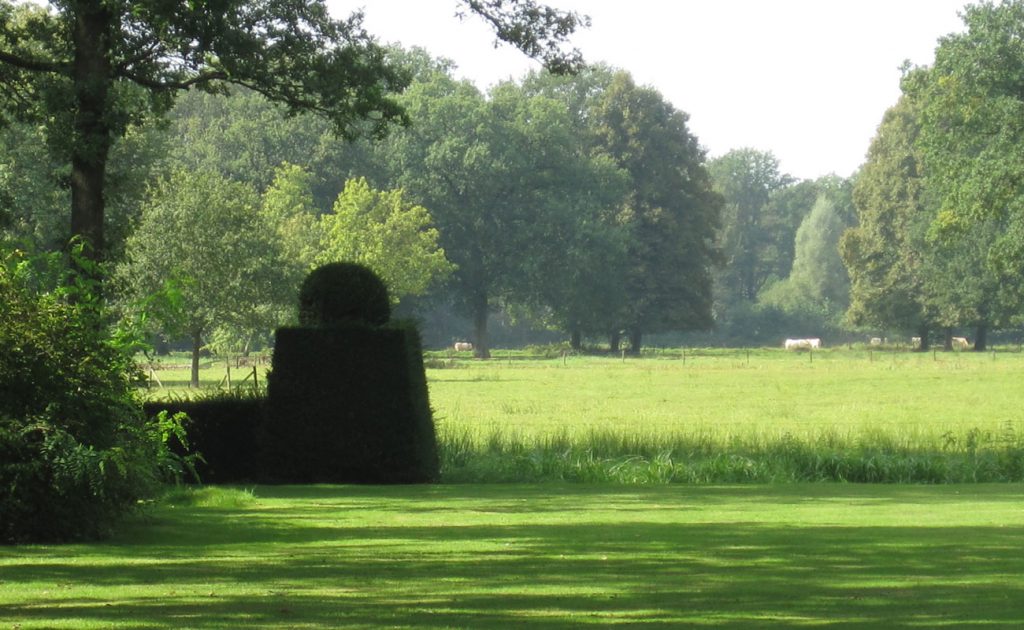
As always when visiting private gardens, there’s always something quirky to see; at the garden of Erve Odinc this sleeping woman within a small water trough caught my eye!

I was able to persuade the very eminent author and designer Noel Kingsbury to join us for a few days on the tour; we all benefited from his expertise and insight, especially as he has been involved with the rise in interest in Piet’s work (about which he has written extensively) from the beginning. I’m envious of those early days with Piet, Noel, Henk Gerritsen and others all discussing new ways with plants, having been inspired by Mien Ruys before them – I would have loved to have been part of it! The photo below shows Noel with Hope Taft on his right, and me to his left (I seem to be talking, most unlike me?!) as we’re saying our goodbyes to him in the beautiful town of Deventer where we were staying.
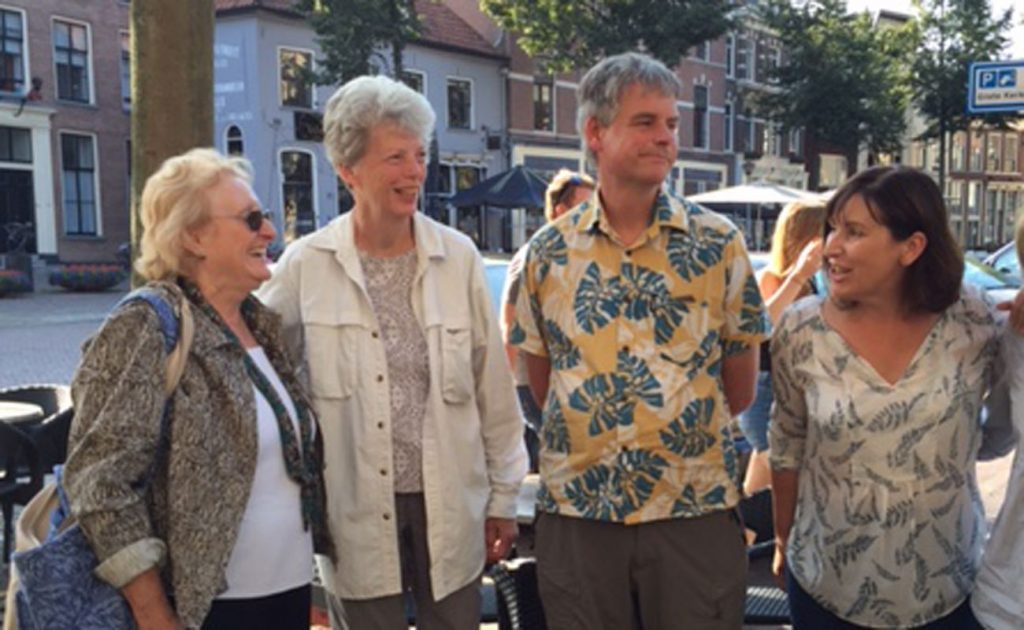
I’m going to leave you with one of my favourite photos from the tour. Contrasting spires of Persicaria amplexicaulis ‘Alba’ and Actaea simplex, whose dark leaves compliment the purple flowers of Tricyrtis formosana, are set off against the pale backdrop of Deschampsia cespitosa, while creating a visual link with the dark pink flowers of Eupatorium purpureum behind. Painting with plants indeed!
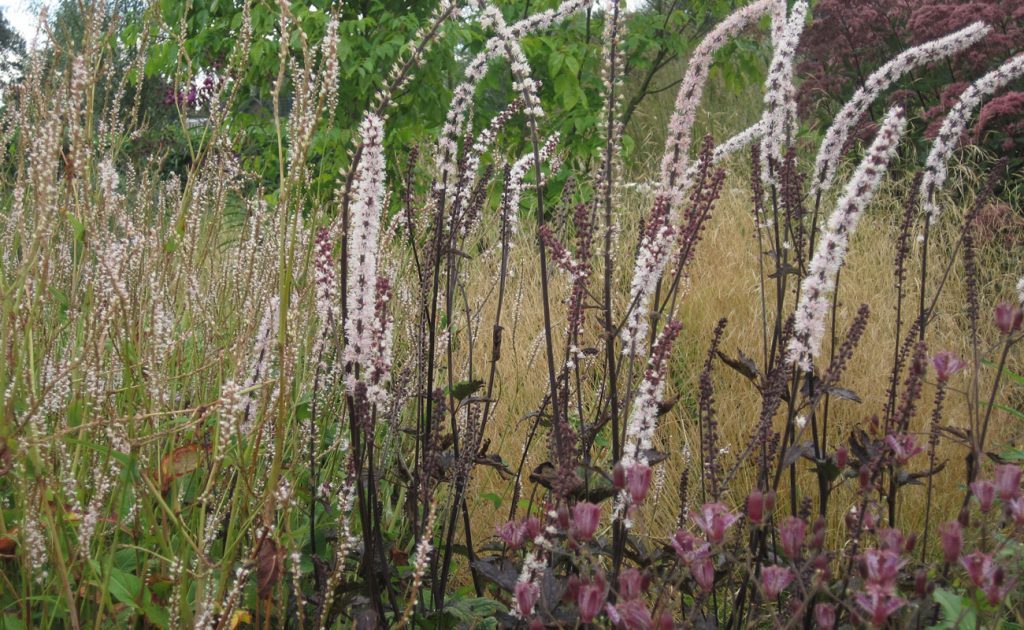
And finally, I feel very privileged to have been involved with this group for some time now (see here for more information). I was delighted, too, to meet some new faces this year, and thrilled at the feedback from one; “Even after having just returned from your spectacular garden tour, you continue to keep us well informed and searching for more. You are remarkable! Thank you so very much for sharing your knowledge, time, humor and great enthusiasm. You are such an inspiration!” It’s lovely to get such praise but it’s not difficult with a subject that is so inspirational, and a group who are all enthusiastic, friendly and an absolute pleasure to share time (and gardens!) with.





